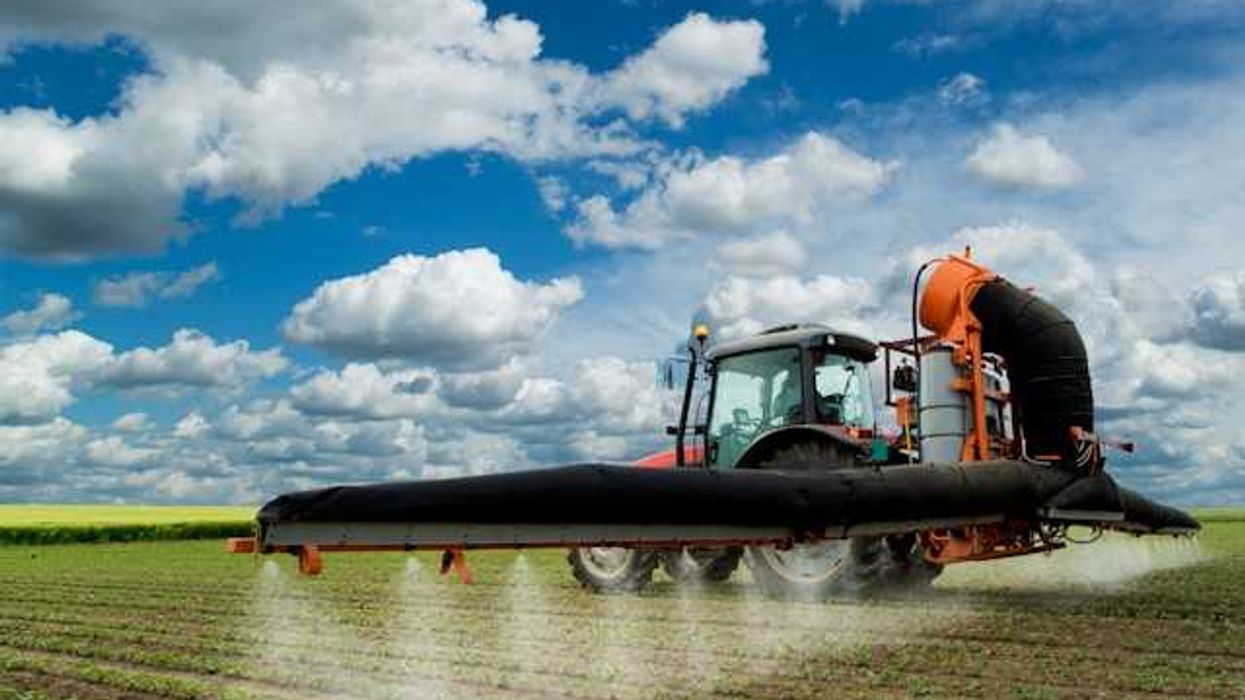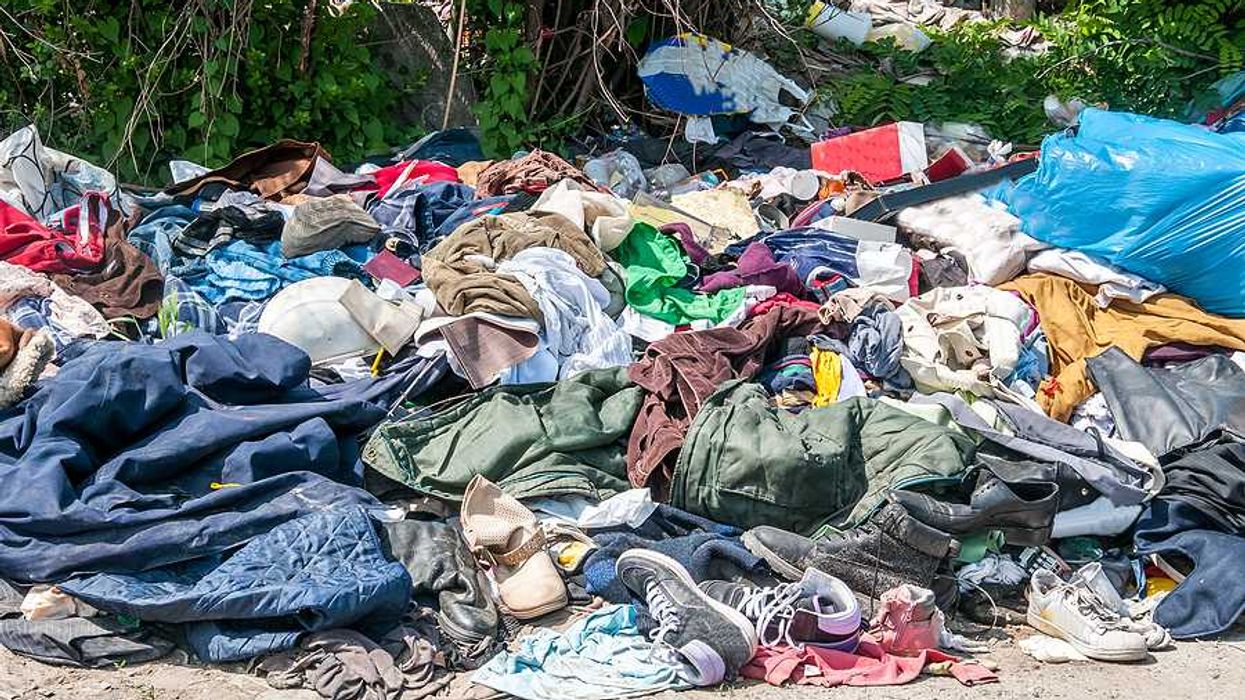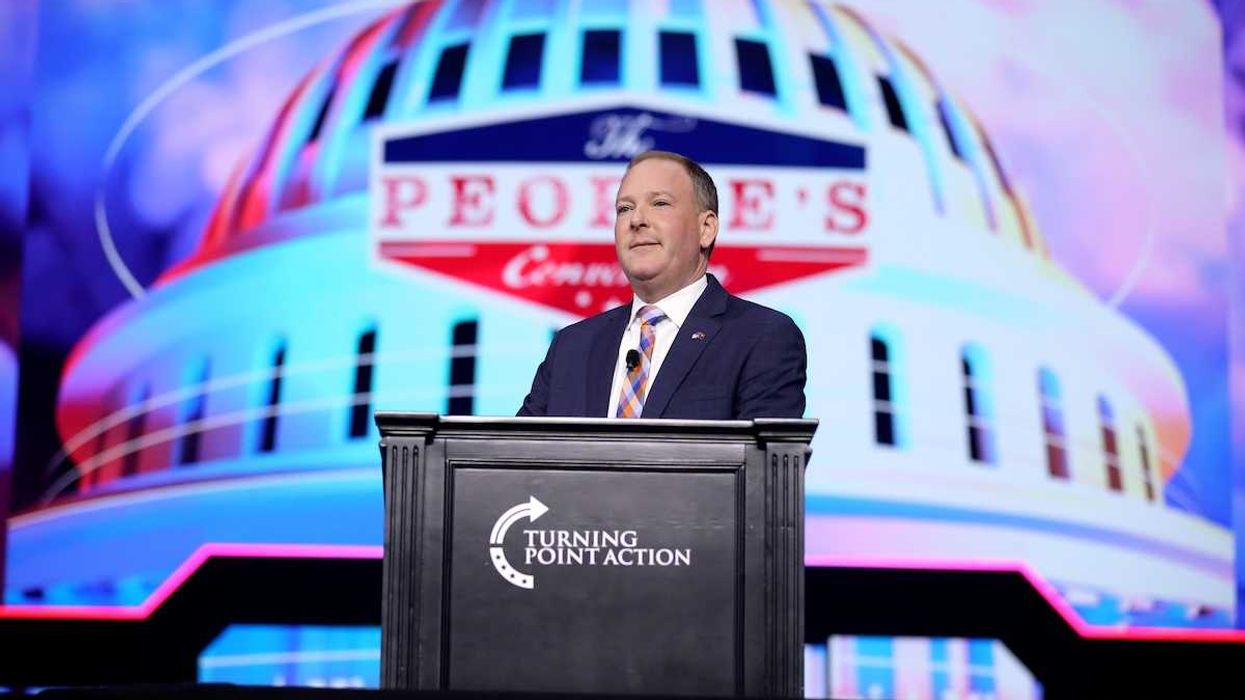Recent investigations have heightened concerns about the health implications of PFAS, commonly found in artificial turf, on children and athletes, raising questions about the safety of these popular playing surfaces.
Teddy Amenabar reports for The Washington Post.
In short:
- Artificial turf's potential health risks due to PFAS, or "forever chemicals," are under scrutiny amid their known toxic effects.
- Experiments and debates highlight the divide between turf advocates and critics, emphasizing the need for more conclusive research.
- Efforts are underway to develop PFAS-free turf options, while some parents and organizations push for natural grass fields to protect children's health.
Key quote:
“If they want to use PFAS in microchips, great. My kid doesn’t eat microchips. But if they want to use it in artificial turf and my kid is exposed to it 2,070 hours a year, well, what is that doing to her body?”
— Salar Parvini, assistant soccer coach
Why this matters:
Artificial turf fields are more popular than ever, even as safety concerns over the potential health risks of PFAS, particularly for children, grow more alarming.














